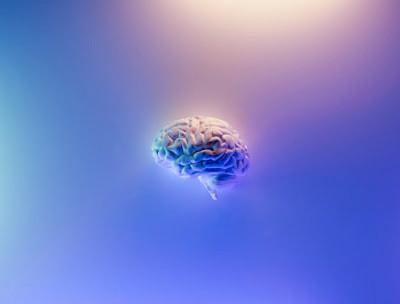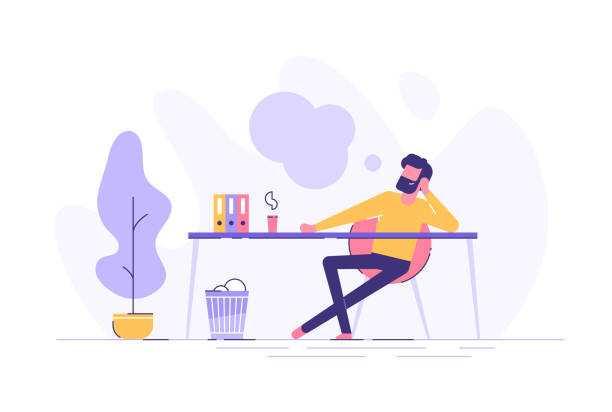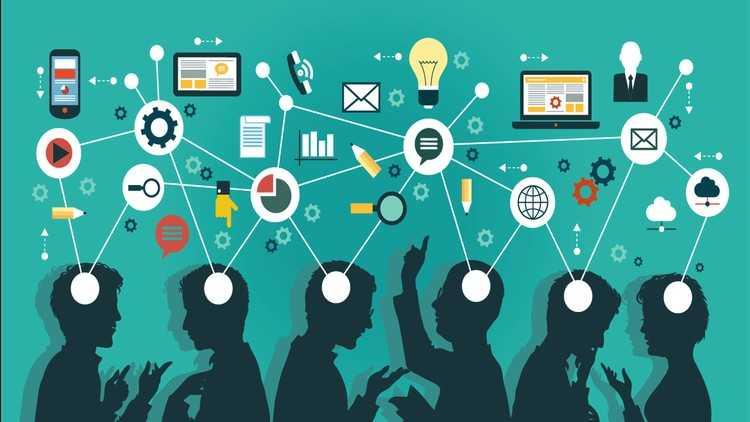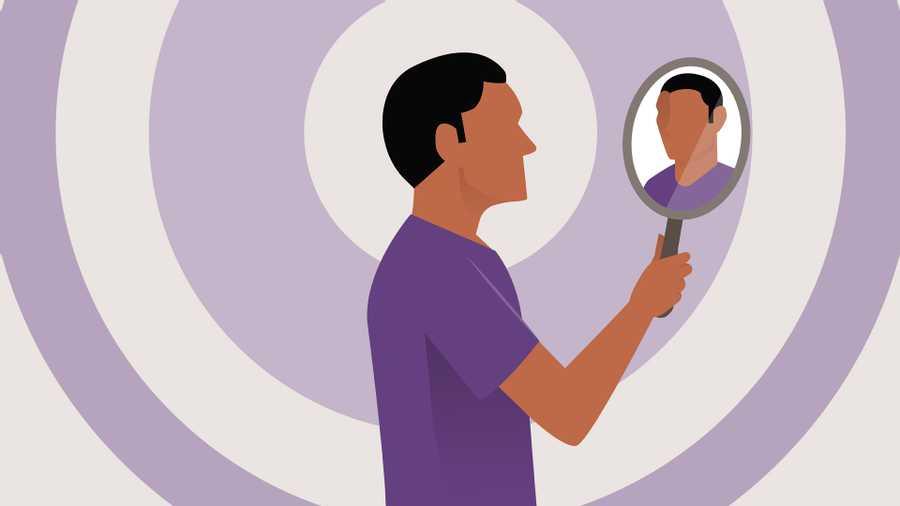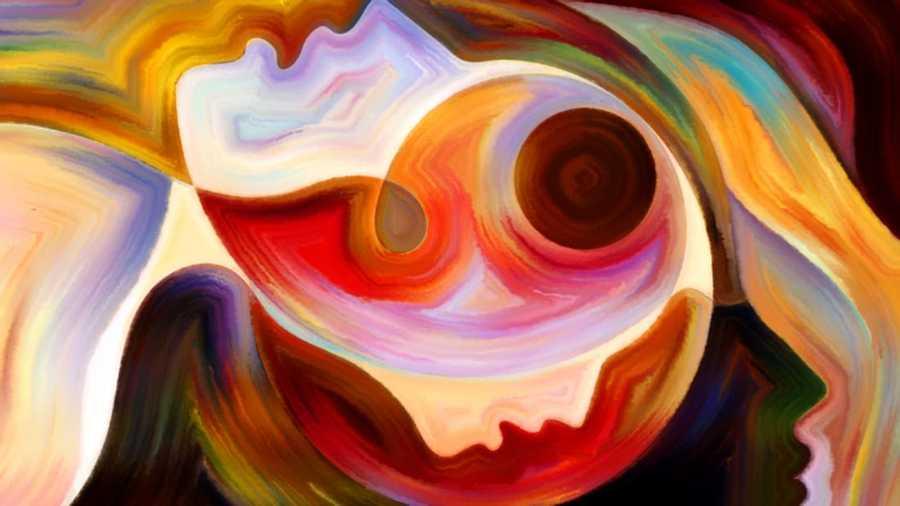Explore the World's Best Ideas
Join today and uncover 100+ curated journeys from 50+ topics. Unlock access to our mobile app with extensive features.
What Does Brain Do At "Rest"?
When given nothing else to do, the brain defaults to thinking about the person it’s embedded in. The brain areas related to processing emotions, recalling memory, and thinking about what’s to come become quietly active.
This is “the default mode of brain function,” and the constellation of brain areas that carry it out are the default mode network, or DMN.
People who daydream more tend to have a more active DMN; relatedly, dreaming itself appears to be an amplified version of mind-wandering.
260
2.73K reads
What Does Buddhism Say?
In Buddhist traditions, this chattering described by neuroscientists as the default mode is a dragon to be tamed, if not slain. The crux of the Buddhist argument is that if you don’t establish some relationship with your DMN, some mindfulness of its activity, you’ll be yanked around by the swirling eddies of emotion, reaction, and rumination.
135
752 reads
What Does The Science Say?
The default mode has a "prospective bias". Depending on the person, their history, and their biological dispositions, that prospection could tilt toward worrying or hoping. There are 3 different types of day dreaming:
- Positive constructive daydreaming: lots of playful, wishful imagery and plan-making thoughts.
- Dysphoric daydreaming: lots of anguish and obsessive fantasies.
- Poor attentional control: hard to concentrate on anything
Research indicates that a disturbed DMN is a mechanism in depression. Our greatest source of suffering isn’t the default mode but when we get stuck in the default mode.
147
576 reads
DMN's Contribution In Creative Thinking
The wandering nature of the DMN can be harnessed for creative thinking. In a 2015 study, participants were asked to do creative thinking tasks. Results showed that creative thinking requires a combination of focusing internal attention and controlling spontaneous thinking. It underscores the fact that not all minds that wander are lost.
127
522 reads
DMN And the Image of the Self
Suffering arises when people concretize the fleeting swirls of thought, especially around conceptions of self. Default-mode content involves an image of self, one that’s easy to become attached to. These self conceptions carry lots of emotional weight. We think that the image of the self is something real and not just an mental image. However, the self isn’t one thing, it’s an evolving construct of many different processes.
According to Buddhist traditions, when we take it to be real when it isn’t then that causes suffering.
123
407 reads
Mental Chatter Is Not Real
In cognitive behavioral therapy, that process of divesting realness from your mental chatter is called “decentering,” or thinking less that your thoughts are the truth about what’s happening and viewing them as an observer. The therapeutic interventions offered by psychedelics like psilocybin and LSD — which, at least in one trial, helped longtime smokers quit at a rate three times that of the best pharma drugs — seem to have a similar, though more sudden, effect.
128
419 reads
Cognitive Flexibility
The trouble that your DMS gets into seems to depend on how automatic your patterns of thought are. The key is cognitive flexibility: being able to more freely choose your mental habits, and have greater agency in your cognitive phenomena. CBT and even hypnosis could tame an unruly DMN.
Meditation also reduces activity in the DMN. It reforms the DMN so that the resting state becomes more like the meditative state, producing “a more present-centred default mode.” By investing more attention in the sensory world than in your narrative overlaying it, you might identify the former to be what’s true.
123
325 reads
"Meditation practice is necessary generally because our thinking pattern, our conceptualized way of conducting our life in the world, is either too manipulative, imposing itself upon the world, or else runs completely wild and uncontrolled. Therefore, our meditation practice must begin with ego’s outermost layer, the discursive thoughts which continually run through our minds, our mental gossip."
CHÖGYAM TRUNGPA
125
397 reads
IDEAS CURATED BY
Purvankit khadatkar's ideas are part of this journey:
Learn more about personaldevelopment with this collection
How to use storytelling to connect with others
The psychology behind storytelling
How to craft compelling stories
Related collections
Similar ideas
1 idea
Why Your Brain Needs More Downtime
scientificamerican.com
7 ideas
To Be More Creative, Cheer Up
nautil.us
3 ideas
Daydream believer: why your brain is wired to wander
theconversation.com
Read & Learn
20x Faster
without
deepstash
with
deepstash
with
deepstash
Personalized microlearning
—
100+ Learning Journeys
—
Access to 200,000+ ideas
—
Access to the mobile app
—
Unlimited idea saving
—
—
Unlimited history
—
—
Unlimited listening to ideas
—
—
Downloading & offline access
—
—
Supercharge your mind with one idea per day
Enter your email and spend 1 minute every day to learn something new.
I agree to receive email updates
